Service Area
Charlotte County | Manatee County
Sarasota County | Lee County
Desoto County
The Pros and Cons of Portable AC Units for Temporary Cooling Needs
Portable air conditioning units have become a popular choice for those looking for temporary cooling solutions. In this article, we will explore the benefits and drawbacks of these portable units, including their easy installation, cost-effectiveness, and suitability for small spaces.
We will also discuss factors to consider when choosing the right portable AC unit for your needs, such as cooling capacity, energy efficiency, and noise levels. Stay tuned to make an informed decision for your cooling needs!
What Are Portable AC Units?
Portable AC units, also known as portable air conditioners, are versatile cooling devices designed to provide temporary climate control solutions in various settings.
These units are equipped with components similar to traditional air conditioners, such as a compressor, condenser, evaporator, and refrigerant, but in a compact and movable form. They offer the flexibility to cool specific areas or rooms without the need for permanent installation. Portable AC units are popular choices for cooling bedrooms, offices, server rooms, and other spaces where a central HVAC system may not be feasible. They are energy-efficient options for supplementing existing cooling systems or providing spot cooling in areas with specific cooling requirements.
How Do Portable AC Units Work?
Portable AC units operate by utilizing advanced cooling technology to regulate indoor temperatures efficiently, providing energy-efficient solutions for temporary climate control.
- By drawing in warm air through the unit, the cooling technology within the portable AC rapidly cools it down by passing it over evaporator coils filled with refrigerant, absorbing the heat in the process.
- The condensed moisture is then collected and drained out, contributing to both the cooling effect and dehumidification of the room.
- Energy-saving features such as programmable settings, eco-friendly refrigerants, and adjustable fan speeds enhance the efficiency of these units, allowing for precise temperature control and optimal energy consumption.
Single Hose vs Dual Hose Portable AC Units
When considering portable AC units, the choice between single-hose and dual-hose systems significantly impacts airflow efficiency and cooling performance.
- Single-hose portable AC units operate by drawing in air from the room, cooling it, and then expelling the warm air and moisture through the same hose. This process can cause negative air pressure within the room, leading to warm air being pulled in from outside.
- On the other hand, dual hose units have separate hoses for intake and exhaust, allowing for more efficient cooling as they don't rely on recirculating indoor air. This difference results in dual hose units being more effective in cooling large spaces and maintaining a consistent temperature.
What Are the Pros of Portable AC Units?
Portable AC units offer numerous advantages, including flexibility, convenience, and efficient cooling solutions for temporary indoor comfort.
These portable units are designed to be easily moved from room to room, making them the ideal solution for cooling wherever needed. The convenience factor is further enhanced by their simple installation process, requiring no permanent fixtures or extensive setup. Users can simply plug in the unit, adjust the settings, and enjoy instant relief from the heat. Portable AC units are effective in quickly reducing the temperature in a specific area, allowing users to create a comfortable environment without having to cool the entire property.
Easy Installation and Portability
One of the key pros of portable AC units is their ease of installation and portability, making them user-friendly solutions for quick cooling needs.
These units are designed with simplicity in mind, often requiring just a standard electrical outlet to power up. The installation process usually involves just a few basic steps, such as setting up the venting system and adjusting the settings to your desired temperature. Their compact size and built-in wheels allow for easy mobility from room to room, giving you the flexibility to cool different areas of your home without any hassle. The cooling technology used in these units ensures efficient and effective temperature regulation, providing a comfortable environment in no time.
No Permanent Installation Required
Portable AC units eliminate the need for permanent installation, offering temporary cooling solutions for a wide range of indoor applications.
This flexibility makes portable AC units ideal for use in rental properties, offices with leasing restrictions, or temporary event spaces where permanent modifications are not allowed. Their quick setup and easy mobility allow for effortless cooling in different rooms or locations as needed. The absence of complex installation requirements simplifies the process, making portable AC units a convenient choice for those looking for versatile and convenient cooling solutions without the hassle of permanent fixtures.
Cost-effective Option for Temporary Cooling Needs
Portable AC units present a cost-effective solution for addressing temporary cooling needs while ensuring energy efficiency and optimal cooling performance.
These units are designed to consume less energy than traditional air conditioning systems, resulting in lower electricity bills. Their compact size allows for targeted cooling in specific areas, reducing overall energy consumption. Portable AC units offer quick and efficient cooling, ideal for small spaces or as supplementary cooling in larger spaces. Their economic benefits extend beyond initial cost savings, as they provide a practical and convenient cooling solution without the need for expensive installation or maintenance fees.
Suitable for Small Spaces
Due to their compact size and efficient cooling capacity, portable AC units are suitable for maintaining indoor comfort in small spaces while providing effective climate control.
Their versatility allows them to be easily moved from room to room, ensuring consistent cooling. Portable AC units are equipped with adjustable settings to personalize the temperature, creating a cozy environment during hot summer days. Their portability makes them a convenient option for apartments, dorm rooms, or offices with limited space, offering a solution for targeted cooling. With features like programmable timers and remote controls, these units enhance convenience and efficiency in regulating the indoor atmosphere.
What Are the Cons of Portable AC Units?
Despite their advantages, portable AC units come with certain drawbacks such as limitations in cooling performance and potential impacts on indoor air quality.
The cooling efficiency of portable AC units may be less than that of central air conditioning systems, especially in larger spaces where they may struggle to provide adequate cooling. These units may not be equipped with advanced air filtration systems, leading to potential issues with indoor air quality. This can result in the spread of allergens, dust, and other pollutants, which could exacerbate respiratory problems for individuals with allergies or asthma. Therefore, users need to consider these factors when opting for a portable AC unit.
Limited Cooling Capacity
One of the main drawbacks of portable AC units is their limited cooling capacity, which may pose challenges in effectively controlling indoor temperatures in larger spaces.
This issue of limited cooling capacity often leads to portable AC units struggling to sufficiently cool down expansive rooms or open layouts. In such cases, users may find themselves constantly adjusting the settings or even supplementing with additional fans to spread the cool air more effectively. The inability of these units to reach the desired temperature in larger spaces can result in uneven cooling, leaving certain areas uncomfortably warm while others remain too chilly.
Can Be Noisy
Noise generation is a common concern with portable AC units, as their operational mechanisms may lead to increased sound levels affecting air circulation and overall comfort.
This noise can be attributed to factors like compressor operation, fan speed, and air duct design. Despite advancements in cooling technology, some portable AC units still struggle to strike a balance between efficient air circulation and noise levels.
Excessive noise not only disrupts the cooling process but also hampers user comfort, especially during activities that require a quiet environment, such as sleeping or working from home.
Manufacturers are continuously working to enhance noise reduction strategies without compromising the unit's cooling performance or energy efficiency.
May Increase Energy Bills
Using portable AC units continuously may lead to increased energy consumption and higher utility bills due to their energy requirements for maintaining cooling efficiency.
These portable units often consume more energy compared to central air conditioning systems, as they operate on a smaller scale and need to work harder to cool a space effectively. The continuous running of portable AC units can result in a significant spike in energy usage, especially during hot summer months when they are used more frequently. It's crucial for users to be mindful of the energy efficiency ratings of their portable AC units and to implement measures such as proper insulation and maintenance to optimize cooling effectiveness while minimizing energy wastage.
Not Suitable for Large Spaces
Portable AC units may not be ideal for cooling large spaces due to their design limitations and cooling system capacities, requiring alternative solutions for extensive cooling requirements.
These units are typically designed for smaller areas and struggle to effectively cool larger spaces due to their limited cooling power and airflow distribution. In spaces with high ceilings or multiple rooms, portable AC units may not be able to maintain a consistent and comfortable temperature throughout. The capacity of portable AC units may not be sufficient to meet the cooling demands of large living rooms, open-concept spaces, or commercial areas. For these settings, centralized air conditioning systems or larger capacity split AC units would be more suitable options to ensure efficient cooling.
How to Choose the Right Portable AC Unit for Your Needs?
Selecting the appropriate portable AC unit involves considering factors such as cooling solutions, climate control requirements, and specific recommendations tailored to individual cooling needs.
When it comes to climate control considerations, it's crucial to think about the size of the space you need to cool and whether you require cooling only for certain rooms or for the whole house. For individuals living in areas with high humidity levels, it is advisable to opt for a portable AC unit with dehumidifying capabilities to ensure a comfortable environment. Pay attention to the unit's Energy Efficiency Ratio (EER) to balance cooling efficiency with energy consumption. Considering these aspects will help you make an informed decision on the best portable AC unit for your cooling requirements.
Consider the Size of the Space
When selecting a portable AC unit, it is essential to consider the size of the space to ensure optimal cooling efficiency and compatibility with compact cooling units.
The cooling capacity of a portable AC unit plays a crucial role in its performance. Larger rooms or open spaces require units with higher BTU ratings to effectively cool the area. On the other hand, compact cooling units are more suitable for smaller rooms, offices, or areas with limited space.
These smaller portable AC units are designed to deliver efficient cooling without taking up much room, making them ideal for apartments, bedrooms, or small living spaces. Understanding your specific cooling needs and the size of the space will help you choose a portable AC unit that provides the right balance of cooling power and compact design.
Check the Cooling Capacity
Verifying the cooling capacity of a portable AC unit is crucial to ensure that it meets the cooling demands of the space, comparing it with alternative cooling solutions like traditional air conditioner units.
Understanding the cooling capacity of a portable AC unit allows users to assess if it can effectively cool the desired area without overworking or underperforming. In contrast, standard air conditioner units may provide fixed cooling capacities, limiting flexibility. By evaluating cooling capacity, individuals can determine the best cooling solution for their specific needs, whether it be a portable unit, a central air system, or alternative methods like fans or evaporative coolers.
Look for Energy Efficiency Ratings
Considering the energy efficiency ratings of portable AC units is essential to ensure sustainable operation and maintenance practices for optimal cooling performance.
Energy efficiency ratings play a crucial role in not only reducing electricity bills but also lowering environmental impact. By selecting a portable AC unit with a high energy efficiency ratio (EER), users can enjoy cost-effective cooling while minimizing their carbon footprint.
Simply choosing an efficient unit is not enough; regular maintenance is key to preserving its performance. Cleaning or replacing filters, checking for refrigerant leaks, and ensuring proper insulation are maintenance requirements that can significantly enhance the cooling efficiency and longevity of the portable AC unit.
Consider Noise Levels
Assessing the noise levels produced by portable AC units is critical for maintaining air quality and ensuring comfortable indoor environments when exploring temporary cooling options.
Because excessive noise can not only disrupt your peace but also have negative effects on the air quality in your surroundings. High noise levels can lead to stress and discomfort, impacting your overall well-being.
When looking for a portable AC unit, it's essential to consider models with lower decibel ratings to minimize disturbances while still efficiently cooling the space. By choosing a unit that operates quietly, you can create a more tranquil atmosphere and maintain good indoor air quality, promoting a healthier and more relaxing environment.
Read Reviews and Compare Prices
Before purchasing a portable AC unit, it is advisable to read reviews, compare prices, and seek expert advice to ensure optimal cooling performance and climate comfort.
- By reviewing product feedback, you can gain valuable insights into the efficiency and reliability of the portable AC unit you are considering.
- Price comparisons help in finding a unit that not only fits your budget but also offers the best features for enhanced comfort.
- Seeking professional recommendations can lead you to models that are well-suited for your specific cooling needs and the climate conditions in your area.
Taking these steps will not only help you make a more informed decision but also ensure that you stay cool and comfortable during hot summer days.
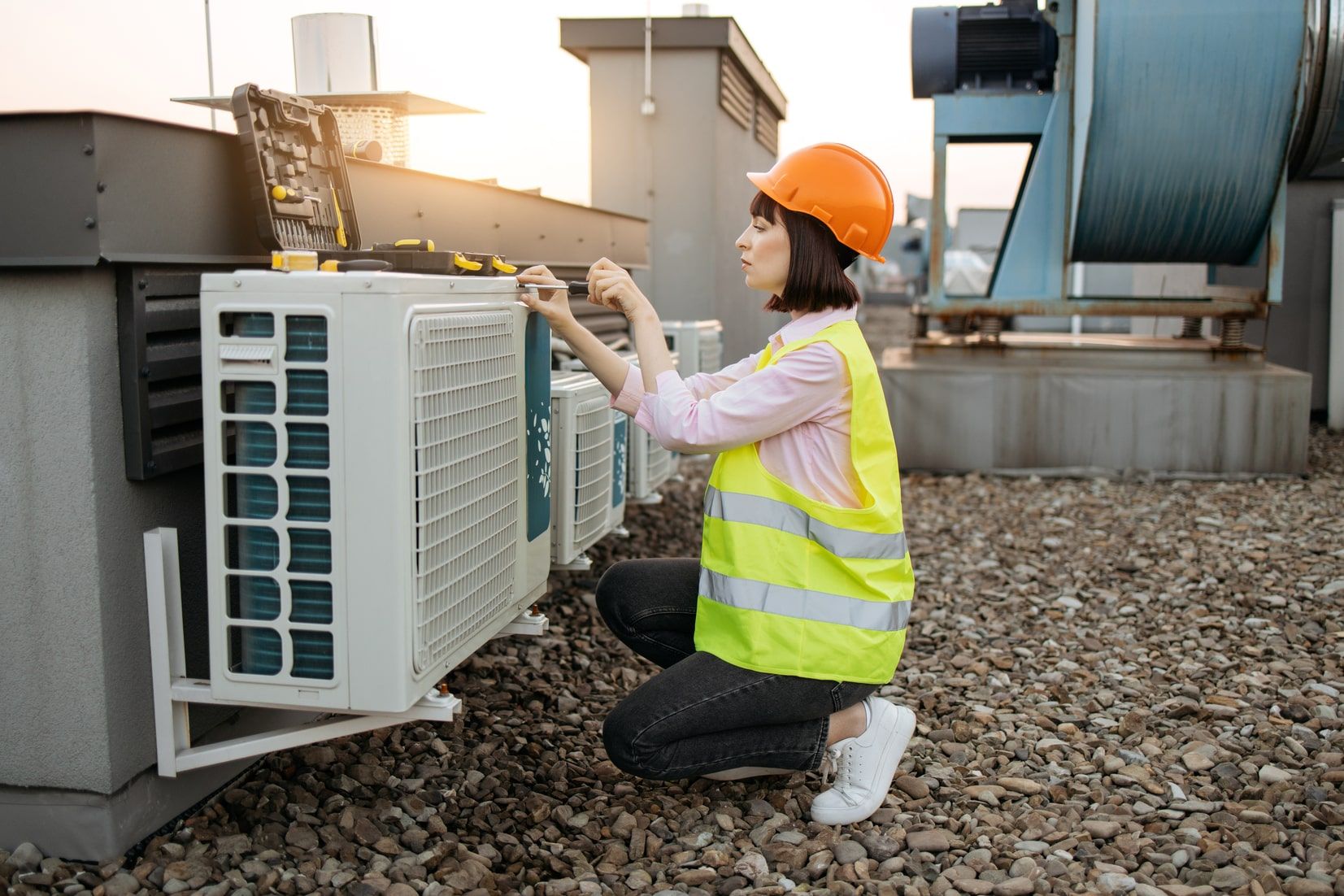

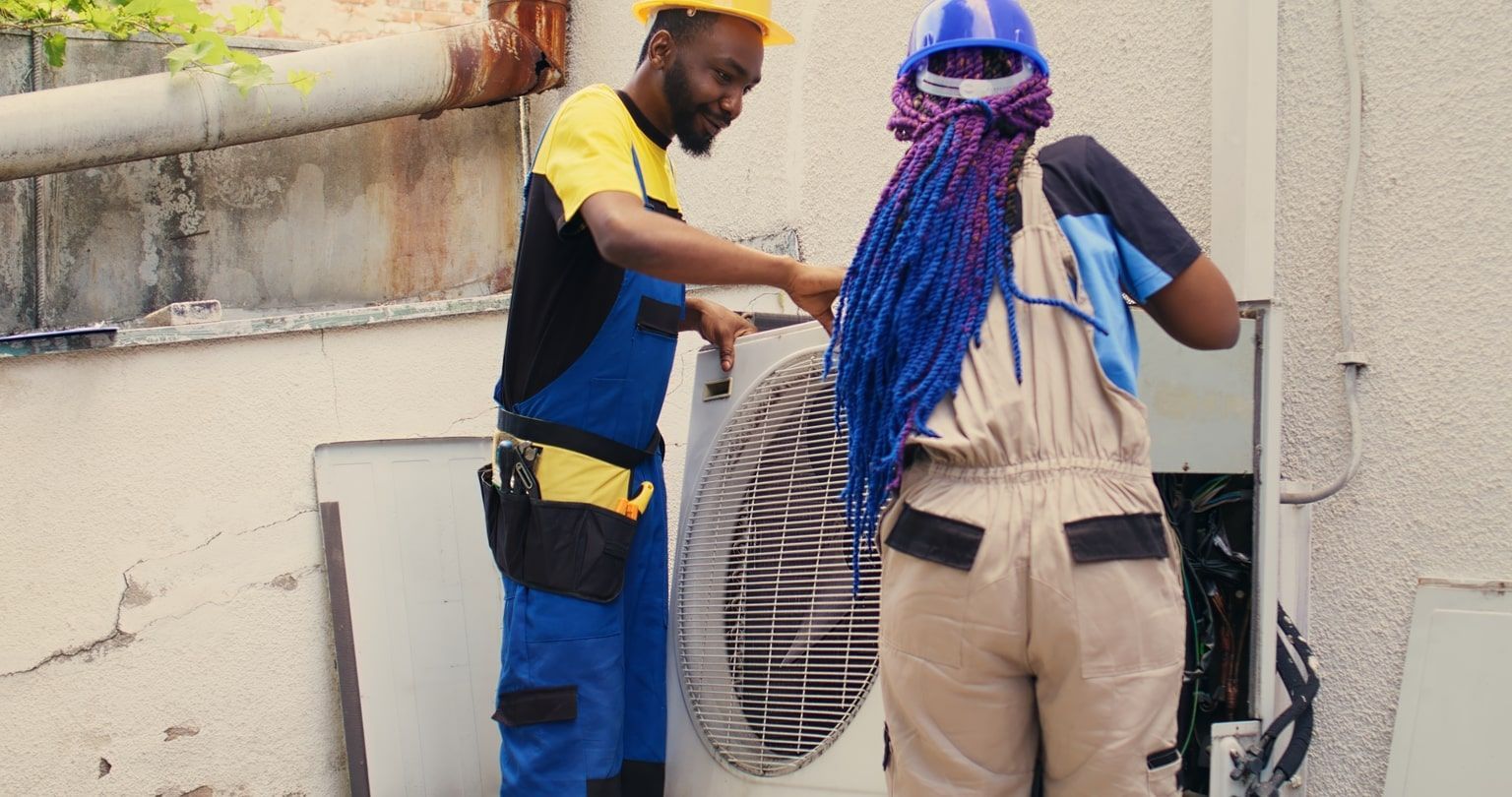
SERVING
and Surrounding Area
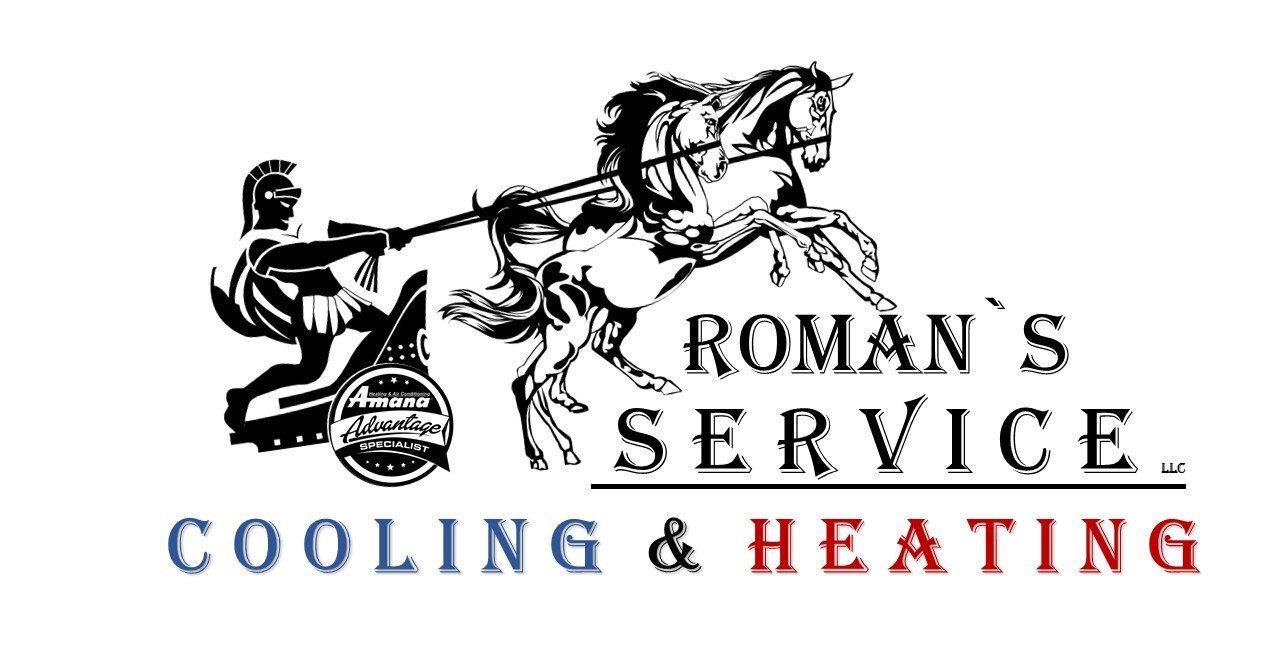
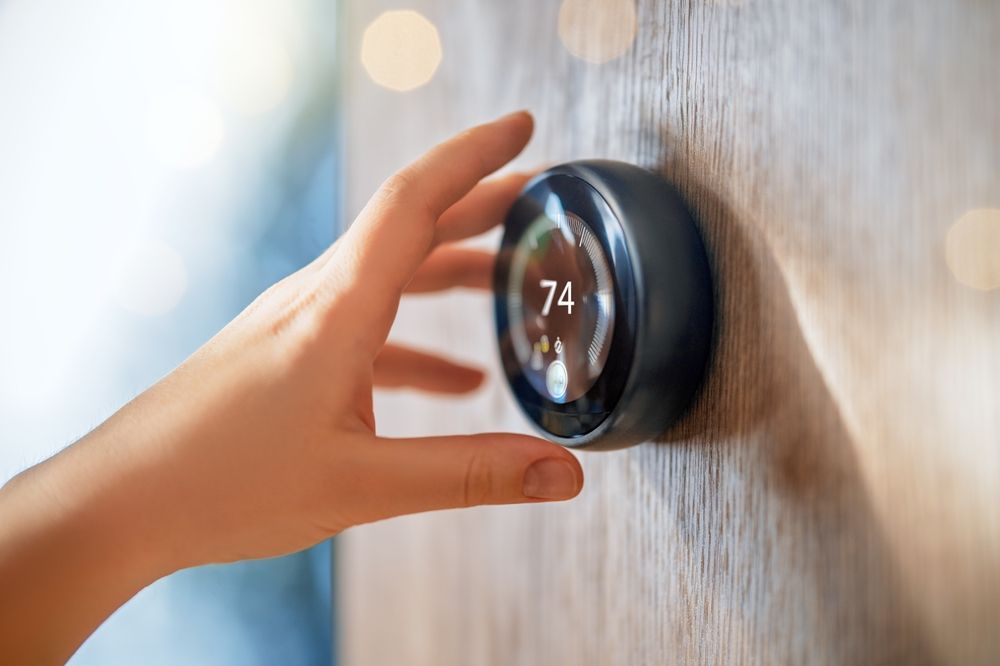

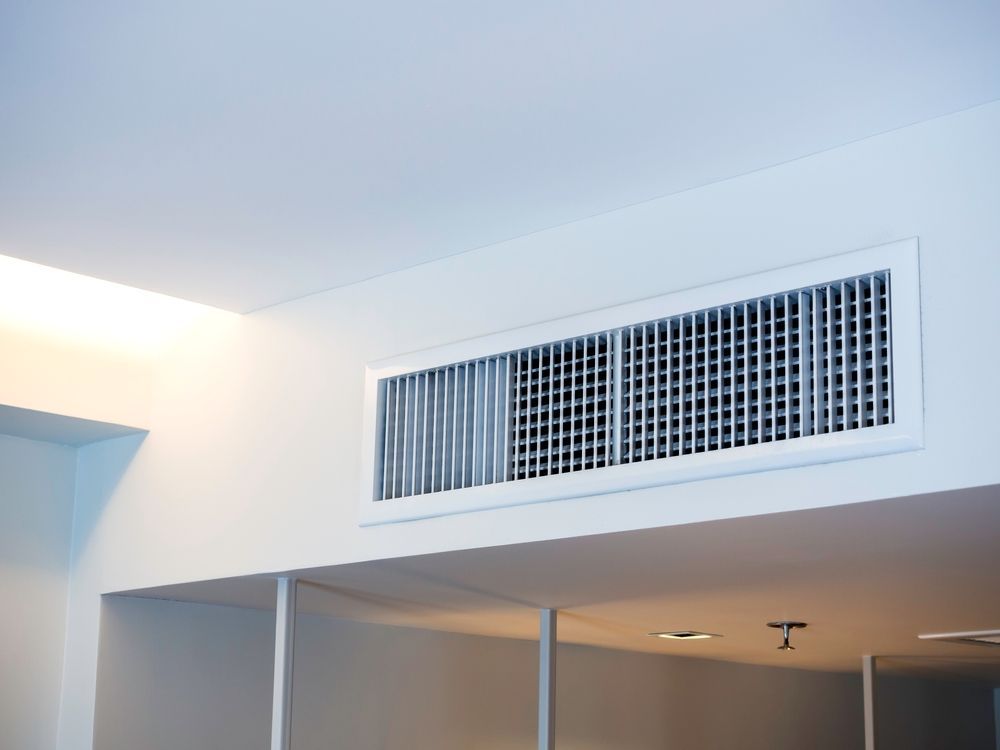
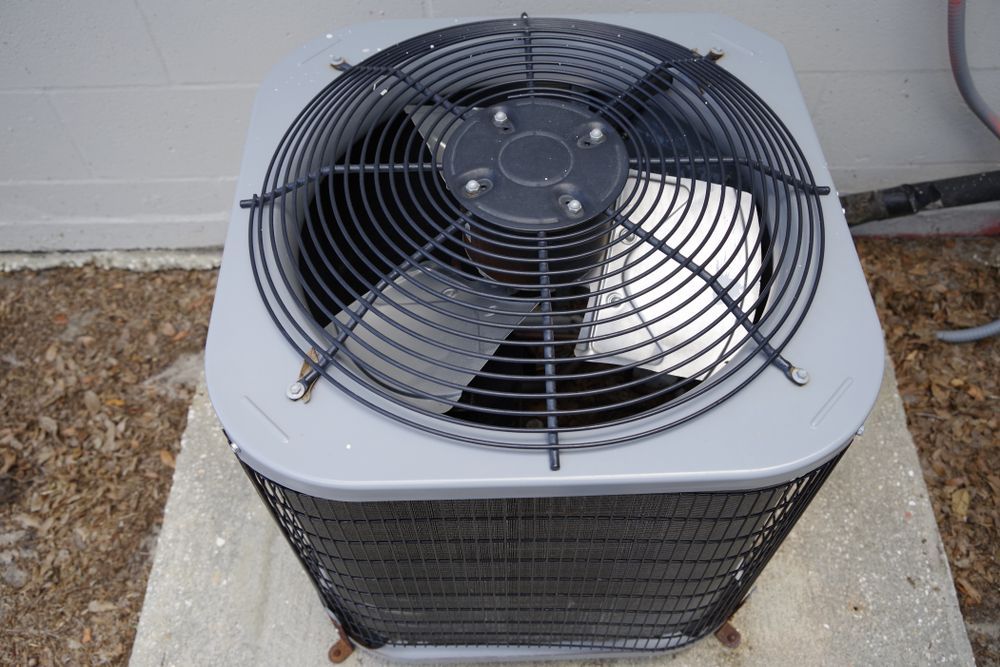
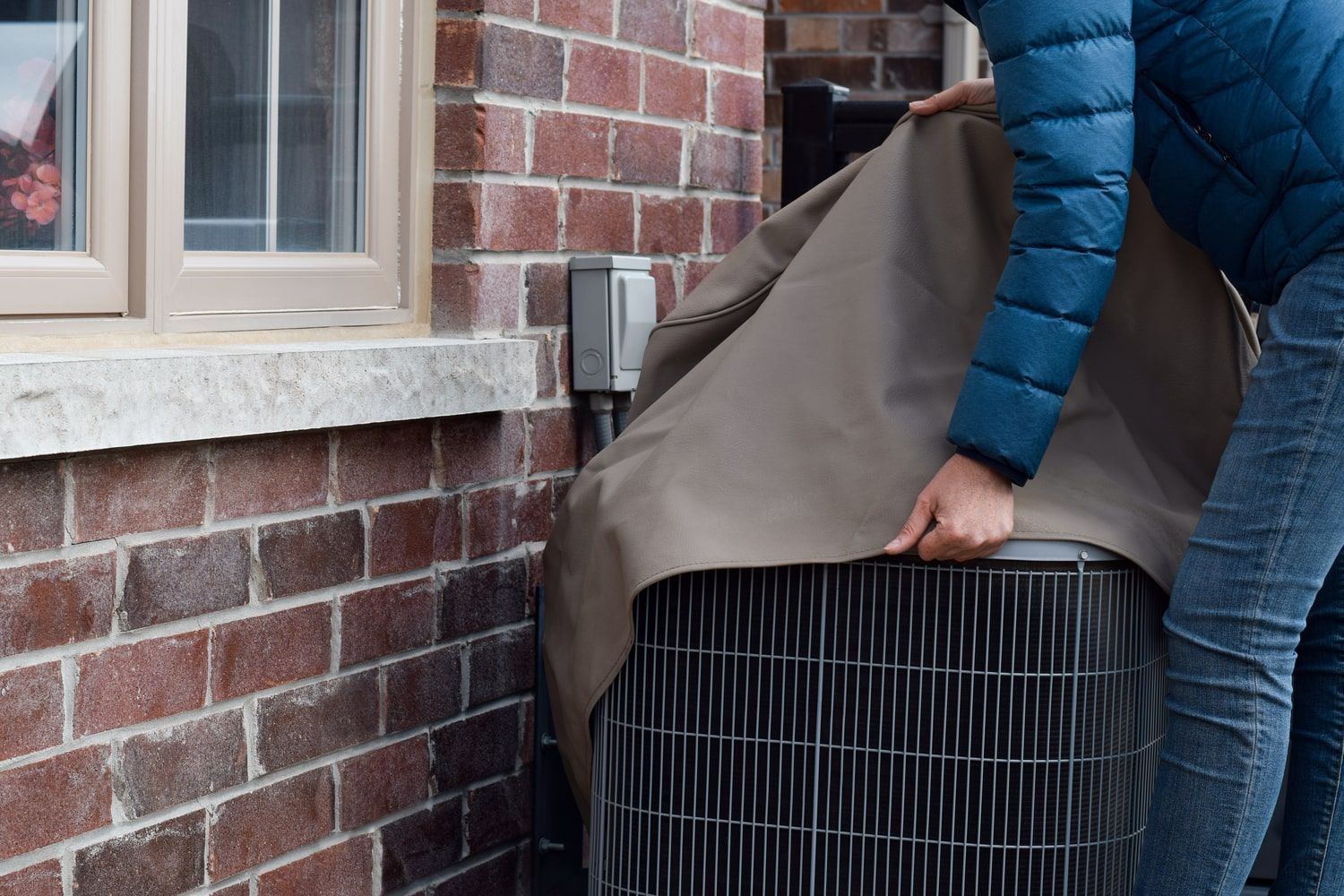
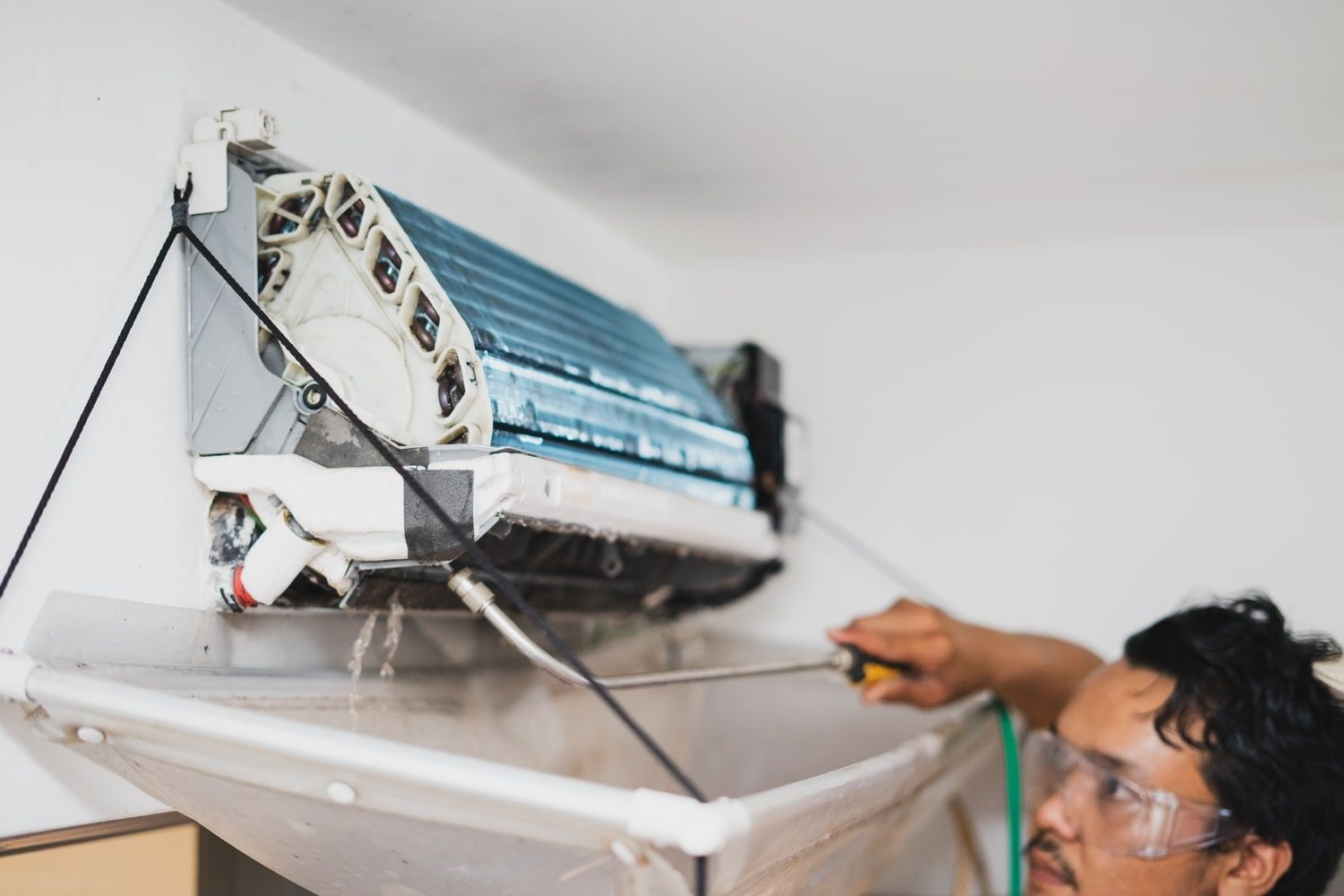
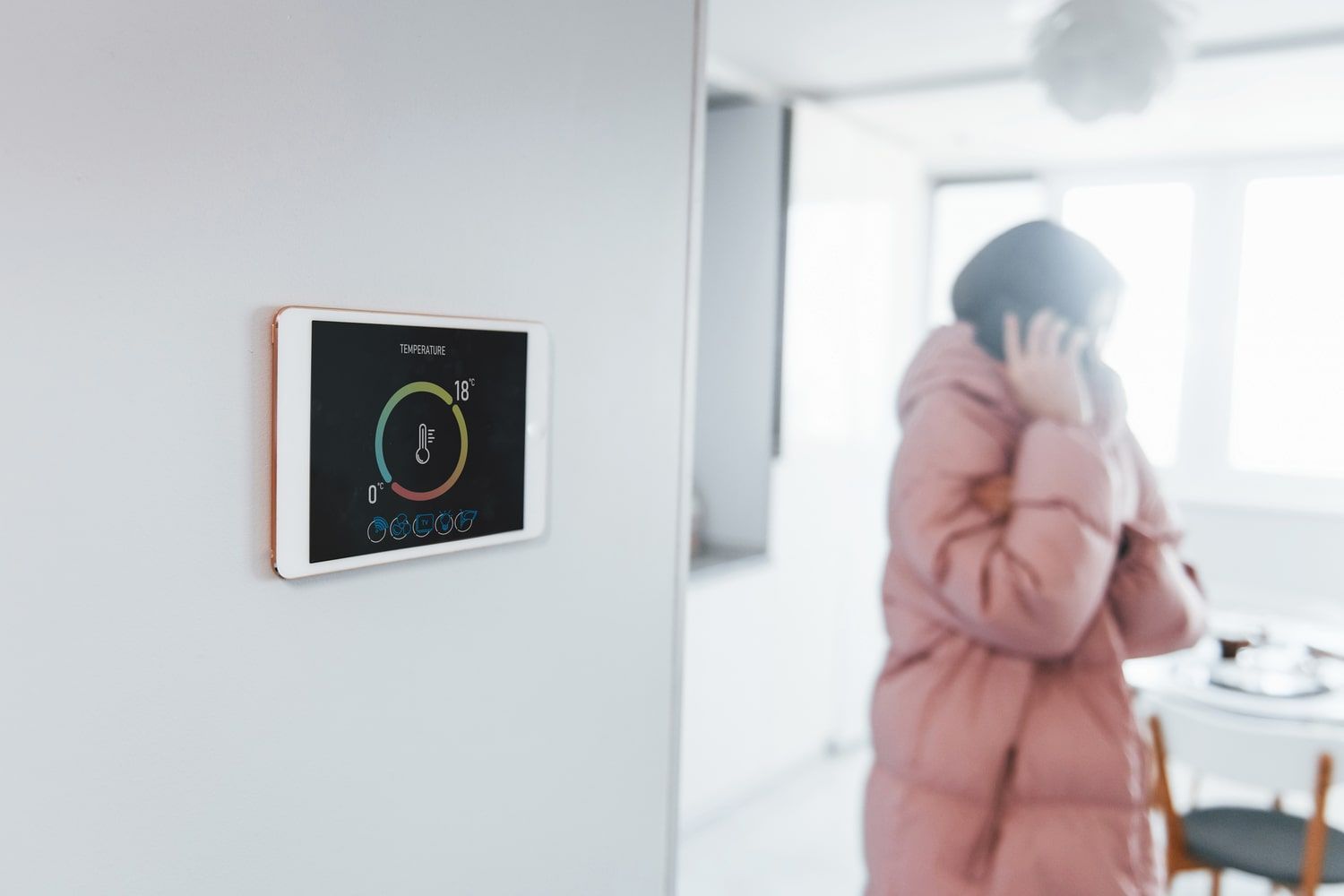
Share On: